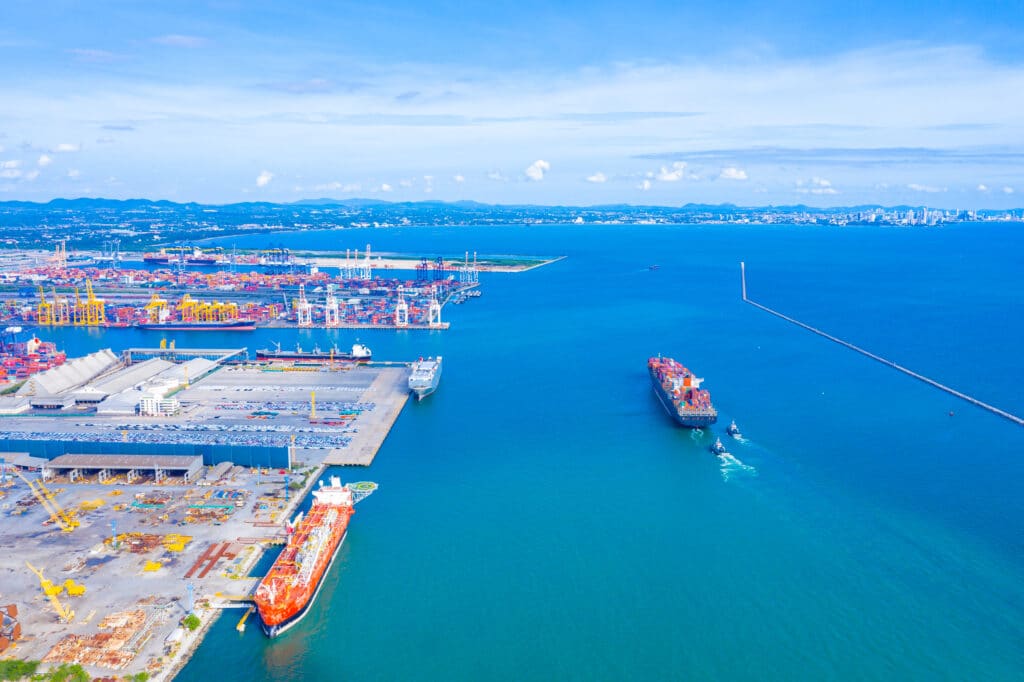Roro Shipping Sea Freight Agent Ready Ship Anytime From China to India/USA/Saudi Arabia/Philippines/Australia/Canada with China Logistics Service
What is a RORO ship?
A RORO ship, also known as a roll-on roll-off ship, is a type of freight or ferry vessel that is specifically designed to transport vehicles, such as cars, trucks, trailers, and all-wheeled cargo. The name “roll-on roll-off” refers to the method of loading and unloading the ship, where the vehicles drive on and off the ship via ramps.
These ships are equipped with large openings at the bow and stern, sometimes in the side, which allows for rapid loading and discharge of vehicles and other cargo. The ramps used to load and unload the cargo are typically hydraulically operated, providing easy access for vehicles to drive on and off the ship.
As said before, RORO ships are commonly used to transport vehicles and other wheeled cargo across the ocean, but they are also used for shorter ferry routes, such as between islands or across rivers.
RORO ships are considered the most efficient way of transportation for wheeled cargo, they save a lot of time and resources compared to traditional cargo ships, and they are also more environmentally friendly.
Discover more about RoRo and other types of ships:
RoRo Ships: definition
Biggest RoRo ships in the world
What technologies do ships have?
-
RELATED NEWS
